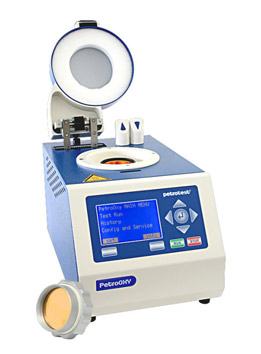


Asphalt acts like a viscous (Newtonian) fluid at these temperatures, and viscosity tests are the best choices for characterization. Viscosity tests of asphalt binders measure their flow behavior at the elevated temperatures encountered in production and paving operations.

Viscosity describes the rate that which a material deforms or flows over time. It has never stopped being important, but with modern modified and Superpave performance-graded binders, we now recognize it to be one of many rheological features that reflect performance. Viscosity of Asphalt Binder: The Basicsīack in the day, viscosity was king of the hill when scrutinizing asphalt binder performance. This blog post will explore binder viscosity tests and rheology tests, their applications, benefits, and testing equipment. So, viscosity is a rheological attribute. Viscosity is specifically the resistance of a liquid to flow. Rheology is the scientific study of the flow and deformation behavior of materials. Of the many properties of bitumen that affect its performance in a modern asphalt paving mixture, two are crucial to the long-term success of pavements, viscosity, and rheology. Asphalt binder is a fundamental and surprisingly complex component in the design of modern asphalt pavement mixes.


 0 kommentar(er)
0 kommentar(er)
